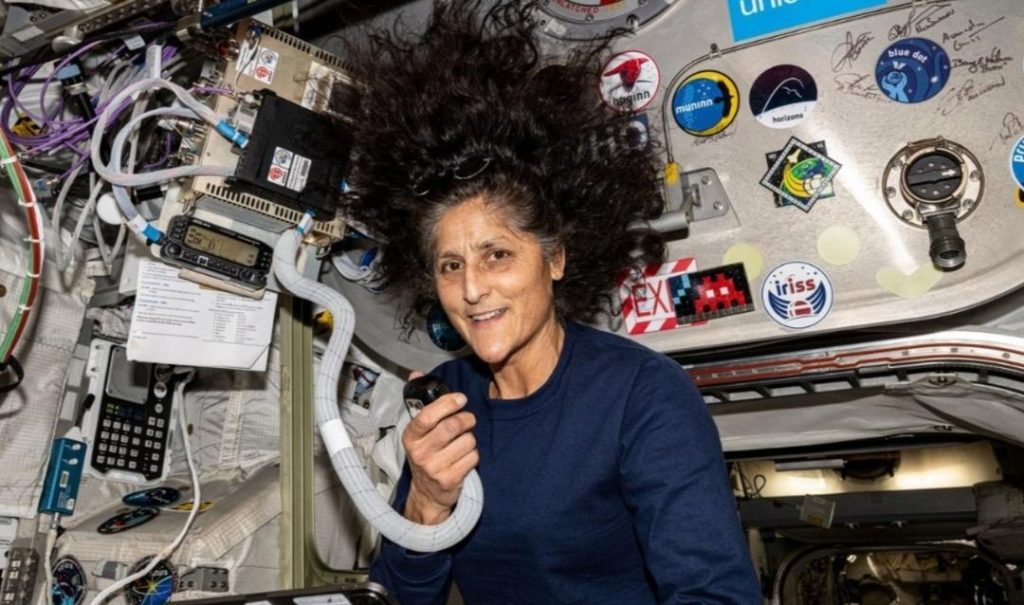
What Scientific Milestones Were Achieved by Sunita Williams and Her Team?
The International Space Station (ISS) has been a hub of scientific research and innovation since its inception. The crew on board the ISS, including astronauts Nick Hague, Butch Wilmore, Sunita Williams, and cosmonaut Aleksandr Gorbunov, have been instrumental in achieving numerous scientific milestones. In this blog post, we will delve into the remarkable achievements of Sunita Williams and her team, focusing on their plant-related studies, Earth observation, and medical device testing in microgravity.
Plant-Related Studies
One of the primary areas of focus for Sunita Williams and her team was plant-related research. The crew conducted several studies to understand how plants grow and respond in microgravity. These studies aimed to improve our understanding of plant biology, particularly in the context of space exploration.
One such study involved investigating the effects of microgravity on plant root growth. By studying how plant roots grow and respond in space, scientists can gain valuable insights into how plants adapt to new environments. This knowledge can be applied to future space missions, where plants will play a crucial role in sustaining life.
Another plant-related study involved exploring the effects of microgravity on plant photosynthesis. Photosynthesis is the process by which plants convert sunlight into energy, and it is essential for plant growth. By studying photosynthesis in microgravity, scientists can gain a better understanding of how plants adapt to changing environmental conditions.
Earth Observation
Sunita Williams and her team also focused on Earth observation, capturing thousands of images of our planet from space. These images provide valuable insights into urban growth, climate change, and natural disasters. The crew used specialized cameras and sensors to capture high-resolution images of the Earth’s surface, allowing scientists to monitor changes in the environment.
One of the most significant achievements of the crew was their ability to capture images of natural disasters, such as hurricanes and wildfires, from space. These images provide valuable data for scientists, allowing them to better understand the impact of these events on the environment and human populations.
Medical Device Testing
In addition to plant-related research and Earth observation, Sunita Williams and her team also tested the feasibility of 3D printing implantable medical devices in microgravity. This study aimed to demonstrate the potential of 3D printing in space, which could revolutionize the way medical devices are manufactured and used in space missions.
The crew used a specialized 3D printer to create implantable medical devices, such as hip and knee replacements, using a biodegradable polymer. These devices were then tested in microgravity to assess their performance and durability.
The results of the study were promising, with the 3D printed devices showing great potential for use in space missions. This technology could be used to create customized medical devices for astronauts, reducing the need for pre-fabricated devices and improving the overall health and well-being of space travelers.
Conclusion
Sunita Williams and her team achieved numerous scientific milestones during their time on the ISS. From plant-related studies to Earth observation and medical device testing, the crew made significant contributions to our understanding of the universe and the potential for space exploration.
The achievements of Sunita Williams and her team demonstrate the importance of scientific research in space and the potential for innovation and discovery in microgravity. As we continue to explore the vastness of space, it is essential that we prioritize scientific research and development, ensuring that we are well-equipped to face the challenges of space travel and exploration.






